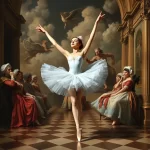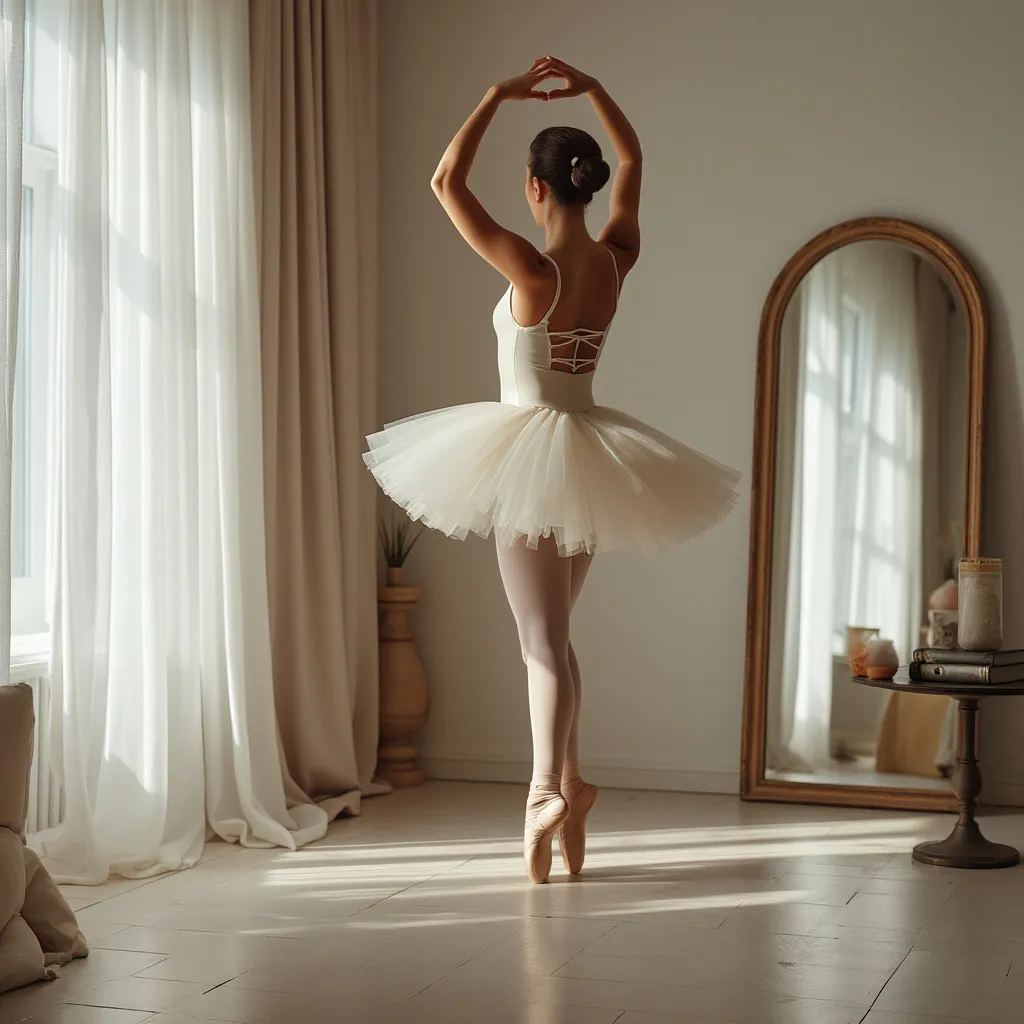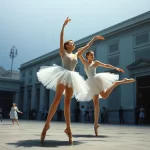The Role of Ballet in Royal Courts: A Symbol of Power and Prestige

Introduction
Ballet, an intricate and highly disciplined form of dance, has long been associated with the grandeur and sophistication of royal courts. Originating in the Italian Renaissance courts of the 15th century, ballet quickly spread to France and other parts of Europe, becoming a symbol of power, prestige, and cultural refinement. This article delves into the historical significance of ballet in royal courts, exploring how it evolved from a courtly pastime to a professional art form that continues to captivate audiences worldwide.
The Origins of Ballet in Royal Courts
The Italian Renaissance
The roots of ballet can be traced back to the Italian Renaissance, a period of cultural rebirth that began in the 14th century. During this time, the courts of Italian nobility were centers of artistic and intellectual activity. Ballet emerged as a form of entertainment at these courts, combining dance, music, and theatrical elements to create elaborate spectacles.
One of the earliest recorded instances of ballet was in 1489, when the Duke of Milan, Galeazzo Maria Sforza, hosted a lavish wedding celebration that included a dance performance. These early ballets were often performed by courtiers and were designed to showcase the wealth and sophistication of the host.
The French Influence
Ballet’s transition from Italy to France marked a significant turning point in its development. Catherine de’ Medici, an Italian noblewoman who married King Henry II of France, played a crucial role in introducing ballet to the French court. She brought with her a team of Italian artists and musicians, who helped to popularize the art form in France.
In 1581, Catherine de’ Medici commissioned the Ballet Comique de la Reine, widely considered the first true ballet. This performance, which combined dance, music, and poetry, was a grand spectacle that lasted over five hours and was attended by the French court and foreign dignitaries. The success of the Ballet Comique de la Reine solidified ballet’s status as a prestigious art form in France.
Ballet as a Symbol of Power and Prestige
The Reign of Louis XIV
Perhaps no monarch is more closely associated with the rise of ballet than Louis XIV of France. Known as the “Sun King,” Louis XIV was a passionate patron of the arts and a skilled dancer himself. He recognized the potential of ballet to serve as a tool of political propaganda and used it to reinforce his image as an absolute ruler.
In 1661, Louis XIV established the Académie Royale de Danse, the first professional ballet school, to formalize the training of dancers and elevate the art form. He also commissioned numerous ballets that glorified his reign and celebrated his military victories. By performing in these ballets, Louis XIV demonstrated his physical prowess and divine right to rule, further solidifying his authority.
Ballet in Other European Courts
Following the example set by Louis XIV, other European monarchs began to embrace ballet as a symbol of their own power and prestige. In Russia, for instance, ballet became an integral part of the imperial court under the reign of Peter the Great and his successors. The establishment of the Imperial Ballet School in St. Petersburg in 1738 marked the beginning of Russia’s long-standing tradition of excellence in ballet.
Similarly, in Austria, Empress Maria Theresa and her successors supported the development of ballet at the Habsburg court. The Vienna State Opera, founded in 1869, became a leading center for ballet and opera, attracting some of the finest dancers and choreographers from across Europe.
The Evolution of Ballet from Courtly Entertainment to Professional Art Form
The Professionalization of Ballet
As ballet gained popularity in royal courts, it began to evolve from a courtly pastime into a professional art form. The establishment of ballet schools and academies played a crucial role in this transformation, providing formal training for dancers and setting high standards for performance.
In addition to the Académie Royale de Danse in France, other notable institutions included the Imperial Ballet School in Russia and the Royal Danish Ballet School, founded in 1771. These schools produced generations of highly skilled dancers who went on to perform in prestigious theaters and opera houses across Europe.
The Rise of Ballet Companies
The 18th and 19th centuries saw the emergence of professional ballet companies, which further contributed to the art form’s development. These companies, often affiliated with major opera houses, provided a platform for dancers to showcase their talents and for choreographers to experiment with new styles and techniques.
One of the most influential ballet companies of this period was the Ballet de l’Opéra de Paris, which became a leading center for ballet under the direction of choreographers such as Jean-Georges Noverre and Marius Petipa. In Russia, the Mariinsky Ballet (formerly the Imperial Russian Ballet) and the Bolshoi Ballet gained international acclaim for their performances and contributions to the art form.
Frequently Asked Questions (FAQ)
What is the historical significance of ballet in royal courts?
Ballet in royal courts served as a symbol of power, prestige, and cultural refinement. It was used by monarchs to showcase their wealth, reinforce their authority, and demonstrate their patronage of the arts. The performances often celebrated political and military achievements, further solidifying the ruler’s image.
How did ballet evolve from a courtly pastime to a professional art form?
Ballet evolved from a courtly pastime to a professional art form through the establishment of formal training institutions, such as the Académie Royale de Danse in France and the Imperial Ballet School in Russia. The rise of professional ballet companies and the development of new styles and techniques also contributed to this transformation.
Who were some of the key figures in the development of ballet in royal courts?
Key figures in the development of ballet in royal courts include Catherine de’ Medici, who introduced ballet to the French court, and Louis XIV of France, who established the first professional ballet school and used ballet as a tool of political propaganda. Other notable figures include Peter the Great of Russia and Empress Maria Theresa of Austria, who supported the development of ballet in their respective courts.
What role did ballet schools and academies play in the professionalization of ballet?
Ballet schools and academies played a crucial role in the professionalization of ballet by providing formal training for dancers and setting high standards for performance. These institutions produced generations of highly skilled dancers who went on to perform in prestigious theaters and opera houses across Europe.
How did ballet companies contribute to the evolution of the art form?
Ballet companies provided a platform for dancers to showcase their talents and for choreographers to experiment with new styles and techniques. They played a significant role in the development of ballet by staging performances that pushed the boundaries of the art form and attracted international acclaim.
Conclusion
The role of ballet in royal courts was multifaceted, serving as a symbol of power, prestige, and cultural refinement. From its origins in the Italian Renaissance to its flourishing in the French court under Louis XIV, ballet has played a significant role in shaping the cultural landscape of Europe. The professionalization of ballet through the establishment of schools and companies further elevated the art form, ensuring its continued evolution and enduring appeal. Today, ballet remains a testament to the rich history and artistic achievements of the royal courts that nurtured its development.


